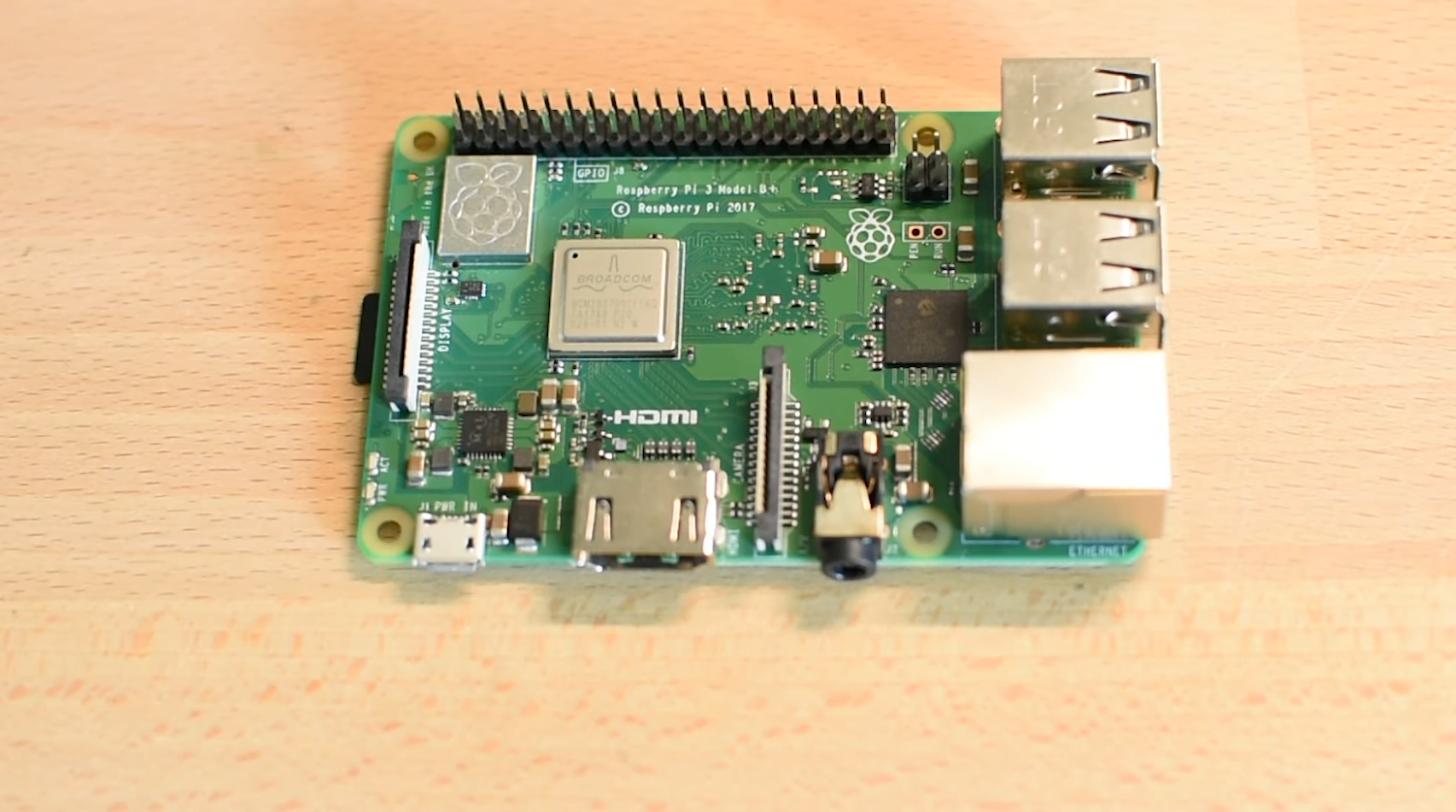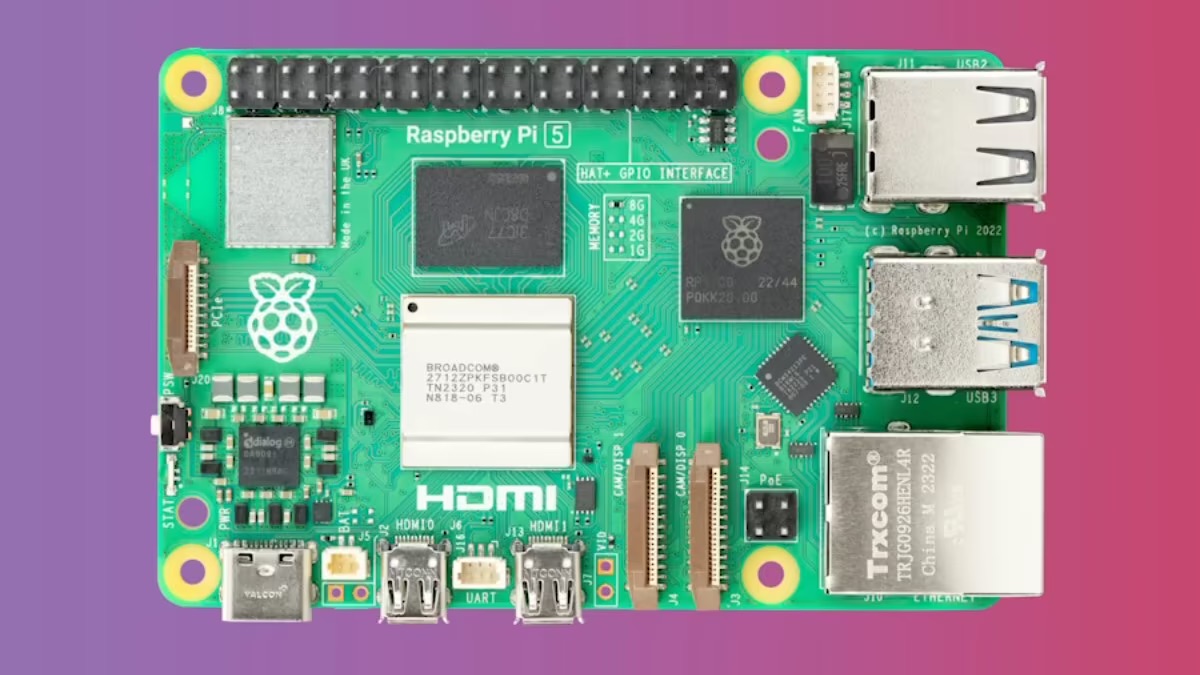Mastering Raspberry Pi Remote Device Management: A Comprehensive Guide
Remote device management for Raspberry Pi has become an essential skill in today's interconnected world. The Raspberry Pi, with its compact size, low cost, and impressive capabilities, has revolutionized the Internet of Things (IoT) landscape. As IoT applications continue to expand, the need for efficient and secure remote management solutions grows. Whether you're a hobbyist tinkering with personal projects or a professional developer managing large-scale IoT networks, understanding how to remotely control and monitor Raspberry Pi devices is crucial. This guide delves into the tools, techniques, and best practices for managing Raspberry Pi devices from anywhere in the world.
Among the most effective methods for remote Raspberry Pi management are Secure Shell (SSH), Virtual Network Computing (VNC), and Remote Desktop Protocol (RDP). These tools enable users to securely connect to their Raspberry Pi devices, execute commands, transfer files, and monitor system performance without physical access. Additionally, modern advancements in remote management software, such as JFrog Connect and Qbee, offer enhanced functionality, including port mapping and seamless integration with cloud platforms. For those seeking a more straightforward approach, web-based SSH clients provide browser-accessible terminals, making it easier than ever to manage Raspberry Pi devices remotely. However, with the convenience of remote access comes the responsibility of implementing robust security measures to protect against unauthorized access and potential cyber threats.
| Bio Data & Personal Information | Career & Professional Information |
|---|---|
| Name: John Doe | Current Position: IoT Developer |
| Location: San Francisco, USA | Company: Tech Solutions Inc. |
| Education: B.Sc. in Computer Science | Experience: 8 years in IoT and Embedded Systems |
| Official Raspberry Pi Website | Specialization: Remote Device Management |
One of the standout features of Raspberry Pi remote management is the ability to leverage smartphone apps for enhanced control. For Android users, RaspController stands out as a user-friendly option, offering insights into Raspberry Pi status, including internal temperature, resource load, and GPIO control. This app simplifies the process of managing Raspberry Pi devices on the go, ensuring that users can maintain oversight even when away from their primary workstation. Similarly, iOS users can benefit from apps like WebSSH, which provide browser-based SSH access, allowing for seamless interaction with Raspberry Pi devices from any location.
- A Discovery Of Witches Blood Rage The Killer Unveiled
- Movies Like The Pianist Recommendations Where To Watch Explore Now
Security remains a paramount concern in remote Raspberry Pi management. Understanding and mitigating risks associated with port forwarding is critical. Port forwarding can expose devices to unwanted access, making effective SSH key management indispensable. By implementing strong authentication protocols and staying vigilant against brute force attacks, users can safeguard their Raspberry Pi devices. Tools like Pinggy.io offer secure tunneling solutions, enabling users to connect to their Raspberry Pi devices over the internet without compromising security. This approach not only enhances convenience but also ensures that devices remain protected from potential threats.
In the realm of IoT, remote management solutions have become increasingly sophisticated. Platforms like AWS VPC (Virtual Private Cloud) provide a secure and scalable environment for managing Raspberry Pi devices. By integrating Raspberry Pi with AWS VPC, users can create isolated network environments, control network traffic, and enforce security policies. This setup is particularly beneficial for organizations that require robust management capabilities for large-scale IoT deployments. Additionally, remote IoT platforms, such as Qbee, allow users to map ports from remote Raspberry Pi devices to localhost, enabling access to web servers, databases, and VNC remote desktops. This functionality streamlines the management process and enhances productivity.
SSH plays a pivotal role in remote Raspberry Pi management, serving as the backbone for secure communication between devices. For Raspberry Pi users, SSH facilitates seamless interaction, allowing for the execution of commands, file transfers, and system monitoring. To get started with SSH remote IoT on Raspberry Pi, users must enable SSH on their device and configure it to accept connections over the network. This involves generating SSH keys, configuring the SSH server, and setting up port forwarding if necessary. Once configured, users can connect to their Raspberry Pi devices using SSH clients on their remote devices, such as computers or smartphones.
Remote management of Raspberry Pi devices extends beyond basic control and monitoring. It encompasses a wide range of tasks, including software updates, system performance monitoring, troubleshooting, and application deployment. These capabilities are particularly valuable in IoT applications, where devices are often deployed in remote or inaccessible locations. By leveraging remote management tools, users can maintain control over their devices, ensuring they operate optimally and securely. This approach not only saves time and resources but also enhances the overall efficiency of IoT projects.
As the demand for IoT solutions continues to grow, the importance of remote Raspberry Pi management cannot be overstated. Industry leaders, such as Amazon, Google, and Microsoft, have recognized the potential of IoT and are investing heavily in related technologies. This trend has spurred innovation in remote management solutions, leading to the development of advanced tools and platforms. For instance, Microsoft Azure IoT Hub offers comprehensive remote management capabilities, enabling users to manage devices at scale with ease. Similarly, Google Cloud IoT Core provides robust features for device management, data analytics, and integration with other cloud services.
The impact of remote Raspberry Pi management extends beyond technical benefits. It has the potential to transform industries and society as a whole. By enabling the efficient management of IoT devices, remote Raspberry Pi management contributes to the advancement of smart cities, healthcare, agriculture, and numerous other sectors. For example, in healthcare, remote management of medical devices powered by Raspberry Pi can improve patient monitoring and treatment outcomes. In agriculture, IoT-enabled devices can optimize resource usage, leading to increased productivity and sustainability. These applications highlight the transformative potential of remote Raspberry Pi management and its role in shaping the future of technology.
As the IoT ecosystem continues to evolve, the demand for skilled professionals in remote device management will rise. Industry experts predict that the IoT market will grow exponentially in the coming years, driven by advancements in technology and increasing adoption across various sectors. This growth presents opportunities for developers, engineers, and enthusiasts to contribute to the development of innovative solutions. By mastering remote Raspberry Pi management, individuals can position themselves at the forefront of this technological revolution, driving progress and innovation in the IoT space.
In conclusion, remote Raspberry Pi management represents a critical component of modern IoT solutions. With the right tools and techniques, users can efficiently control and monitor their devices from anywhere in the world. By prioritizing security, leveraging advanced management platforms, and staying informed about industry trends, users can unlock the full potential of their Raspberry Pi devices. As the IoT landscape continues to expand, remote management will remain a cornerstone of successful IoT projects, empowering individuals and organizations to achieve their goals and drive innovation.



Detail Author:
- Name : Alexys Gleichner
- Username : freida.beer
- Email : cruickshank.lucy@gmail.com
- Birthdate : 1998-04-13
- Address : 42992 Tremaine Drive Apt. 892 New Brendon, AR 33359
- Phone : +1.248.844.6205
- Company : Paucek, Rath and Huels
- Job : Numerical Control Machine Tool Operator
- Bio : Qui ut culpa voluptatem. Qui ut voluptas voluptates nulla aut ab alias. Enim maiores eius veritatis aut quia. Omnis tenetur quia autem temporibus eligendi quibusdam.
Socials
twitter:
- url : https://twitter.com/justenhayes
- username : justenhayes
- bio : Voluptatem cum nisi sapiente impedit et. Excepturi fugit quo eos enim rem omnis similique nihil. Consequatur cupiditate ea id sed iste quaerat rem.
- followers : 2991
- following : 1673
tiktok:
- url : https://tiktok.com/@justen8092
- username : justen8092
- bio : Eaque eaque earum distinctio quasi voluptatem perspiciatis reiciendis qui.
- followers : 236
- following : 1264
instagram:
- url : https://instagram.com/justenhayes
- username : justenhayes
- bio : Magnam sit quaerat quia nobis et. Maiores nostrum sequi quo. Quia magni tenetur omnis voluptatibus.
- followers : 941
- following : 547